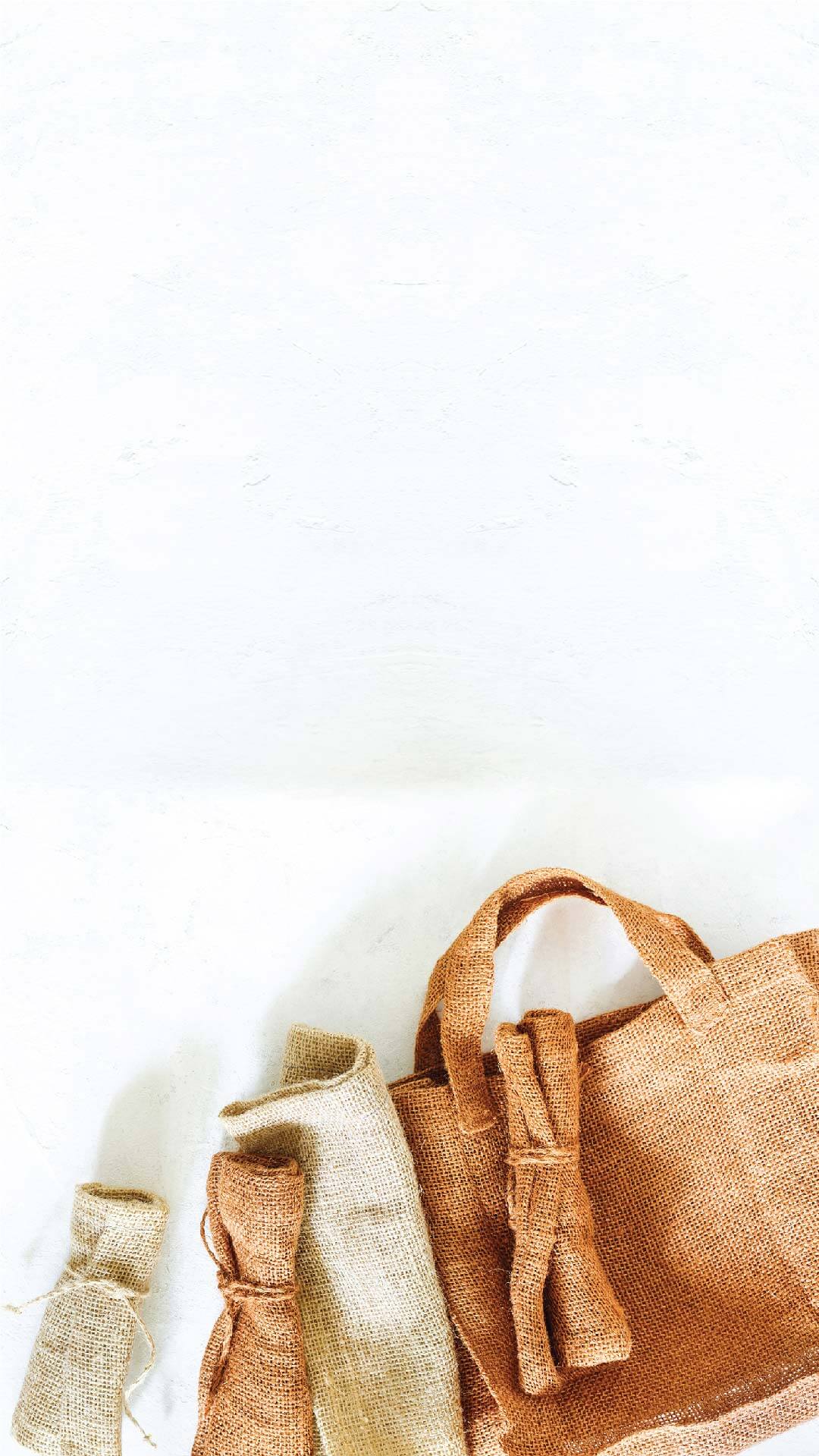In today’s environmentally conscious world, the use of sustainable materials like jute bags has gained significant traction. Jute, often referred to as the “golden fiber,” is renowned for its eco-friendly properties and versatility. However, when it comes to assessing the longevity of jute bags, several factors come into play. In this comprehensive guide, we delve into the intricacies of measuring the lifespan of jute bags to provide you with a clearer understanding of their durability and longevity.
Factors Influencing the Lifespan of Jute Bags
1. Quality of Jute Fiber
The quality of jute fiber used in the manufacturing process is paramount in determining the lifespan of jute bags. High-quality jute fibers, characterized by their strength and durability, contribute to the longevity of the bags. Manufacturers often source premium-grade jute fibers to ensure the production of robust and long-lasting jute bags.
2. Construction Techniques
The construction techniques employed during the manufacturing of jute bags play a crucial role in determining their lifespan. Skillful craftsmanship and attention to detail result in sturdy seams and reinforced handles, enhancing the overall durability of the bags. Additionally, techniques such as double stitching and bar tacking further fortify jute bags, prolonging their lifespan.
3. Environmental Conditions
The environment in which jute bags are used also impacts their longevity. Exposure to harsh weather conditions, excessive moisture, and prolonged sunlight can accelerate wear and tear, leading to a shorter lifespan. Proper care and maintenance, including storing jute bags in a cool, dry place when not in use, can help mitigate environmental damage and extend their lifespan.
4. Frequency of Use
The frequency of use directly influences the wear and tear experienced by jute bags. Bags used regularly for shopping, commuting, or carrying heavy loads are more prone to deterioration compared to those used sparingly. Rotating jute bags and avoiding overloading them can help distribute the wear evenly, thereby prolonging their lifespan.
Assessing the Lifespan of Jute Bags
1. Visual Inspection
Conducting regular visual inspections is a simple yet effective way to assess the condition of jute bags. Check for signs of fraying, tearing, or weakened seams, which indicate wear and may compromise the bag’s integrity. Addressing any issues promptly, such as repairing minor tears or reinforcing seams, can help extend the lifespan of jute bags.
2. Load Capacity Testing
Testing the load capacity of jute bags provides valuable insights into their durability and resilience. Gradually increase the weight of the load carried by the bag until signs of strain or deformation become apparent. This test helps determine the maximum weight jute bags can safely bear without compromising their structural integrity.
3. Longevity Trials
Conducting longevity trials involves subjecting jute bags to simulated real-world conditions over an extended period. By exposing the bags to various environmental stressors and monitoring their performance over time, manufacturers can accurately assess their lifespan and identify areas for improvement. Longevity trials play a crucial role in refining manufacturing processes and enhancing the durability of jute bags.
Extending the Lifespan of Jute Bags
1. Proper Storage
Storing jute bags in a clean, dry environment away from direct sunlight helps prevent mold growth and deterioration. Consider hanging jute bags or storing them flat to maintain their shape and integrity.
2. Gentle Cleaning
Regularly clean jute bags with a soft brush or damp cloth to remove dirt and debris. Avoid submerging jute bags in water or using harsh chemicals, as this can weaken the fibers and shorten their lifespan.
3. Avoid Overloading
Resist the temptation to overload jute bags with excessive weight, as this can strain the seams and handles. Distribute heavy items evenly within the bag and avoid carrying more than its recommended load capacity.
4. Reinforcement Measures
Consider reinforcing jute bags with additional stitching or patches in high-stress areas to prevent tears and prolong their lifespan. Investing in quality craftsmanship and durable materials ensures the longevity of jute bags.
Conclusion
Jute bags are eco-friendly and versatile alternatives to traditional plastic bags, but their lifespan depends on various factors such as the quality of jute fiber, construction techniques, environmental conditions, and frequency of use. By understanding these factors and implementing proper care and maintenance practices, you can extend the lifespan of jute bags and minimize environmental impact.









